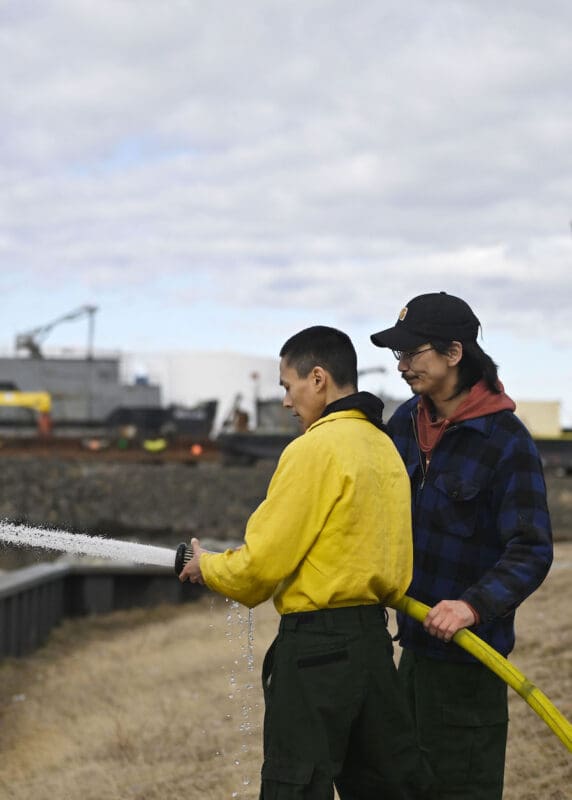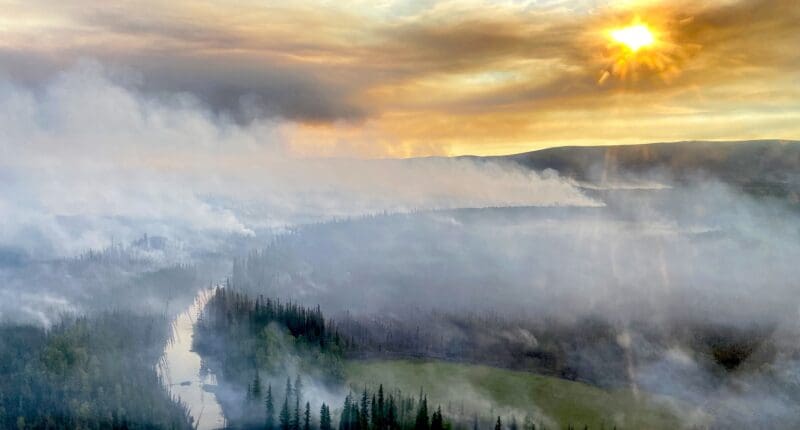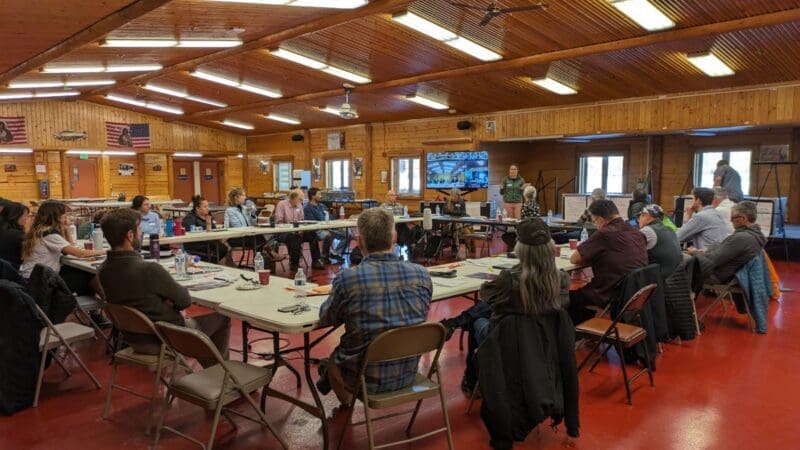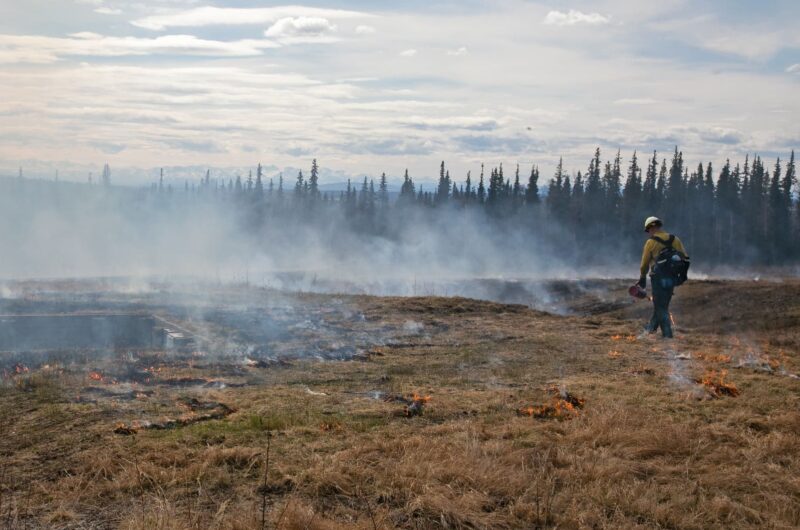
Ventures
Alaska Wildfire Resilience Initiative
Reimagining wildfire resilience to protect Alaska’s communities, ecosystems and carbon stores.
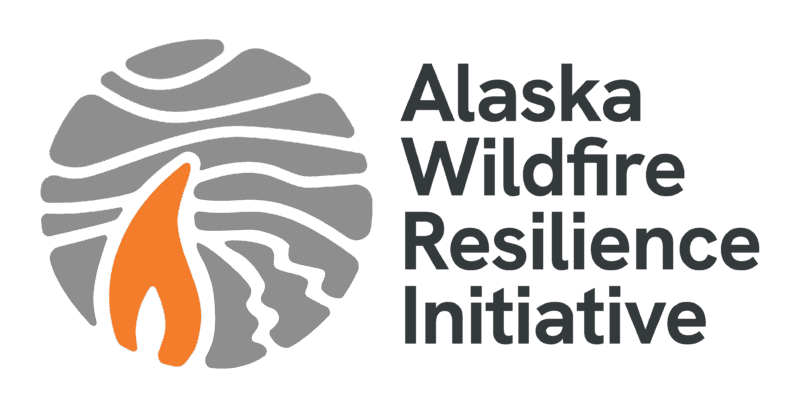

Wildfires in Alaska are growing in scale, frequency and impact, threatening rural communities and vast natural carbon stores. The Alaska Wildfire Resilience Initiative brings Tribal and community voices together with partners statewide to reduce risk, strengthen preparedness and innovate new approaches to resilience across Alaska’s carbon-rich boreal forests and tundra.
On the Frontlines of Fire and Climate
Rural Alaska communities have endured 8.7 times more structural fire fatalities in the last 20 years than urban areas. In 2022, more wildfire acres burned in Bristol Bay’s tundra than in the previous 72 years combined. The scale and value of Alaska’s carbon is immense: roughly 208 billion tons of carbon stored above and 1,400 gigatons locked below the surface as organic material and permafrost. The loss of these stores would have profound global consequences.
The Alaska Wildfire Resilience Initiative is working to strengthen communities, protect ecosystems and safeguard climate stability in the face of rapidly escalating wildfire and carbon loss. Through a deeply collaborative approach, we bring together Tribal and community leaders, government agencies, and other partners across the wildfire sector. Our work focuses on four key areas: building community resilience, shaping wildfire policy, advancing workforce development, and driving innovation in wildfire science and research.
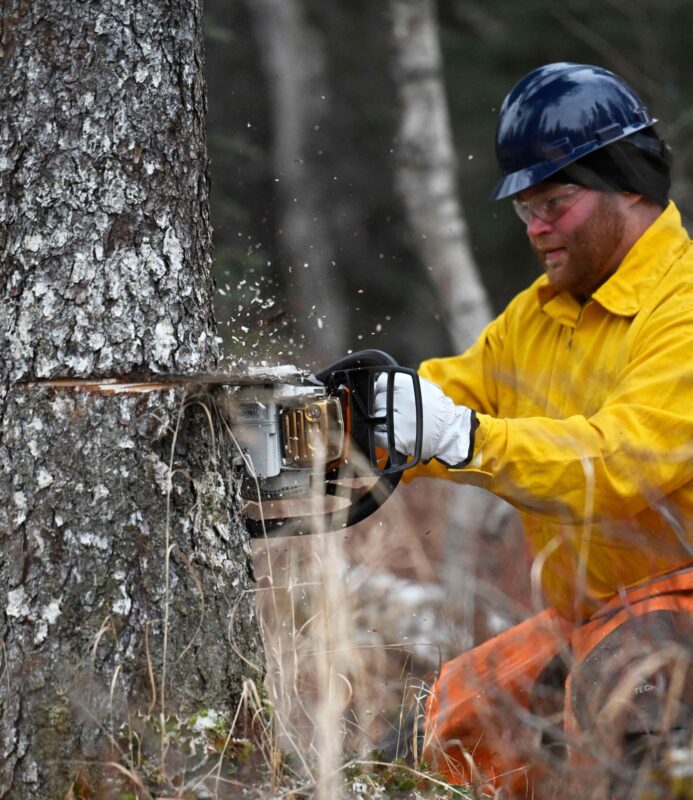

Areas of Impact
Wildfire Policy
We’re collaborating with partners — local to international — to strengthen wildfire funding, protection and mitigation. We also encourage community partners to advocate for changes in wildfire protocols to better protect people and places. At the agency level, we highlight the need to consider subsistence and High Value Areas — such as caribou lichen, Yedoma permafrost and other ecologically vulnerable landscapes — in fire management decisions and protocols.
Community Resilience
In most rural Alaska communities, limited evacuation routes make wildfire response especially difficult. We are building a multi-disciplined technical assistance team to meet the wildfire prevention planning needs of Alaska’s rural communities, including guidance on Community Wildfire Defense Grant applications and coordination of Community Wildfire Protection Planning.
Workforce Development
Alaska has a long history of rural wildfire crews, but numbers have declined drastically in the past decade. We are helping rebuild this capacity through wildland fire workforce recruitment and training. In Bristol Bay alone, our partnership has leveraged more than $650K to support emergency first responder and wildfire trainings — creating new opportunities for community members to join the statewide wildfire workforce.
Wildfire Science & Research
We support new science and innovative practices to reduce fire risk across Alaska. Current efforts include developing a new wildfire risk assessment model for Bristol Bay, bolstering research into the statewide public health impacts of wildfire smoke, and advancing innovative fire management practices that protect carbon-rich landscapes and Yedoma permafrost. We also collaborate with Indigenous leaders to document Indigenous Knowledge of cultural burning practices and expand opportunities for prescribed and cultural fire trainings.
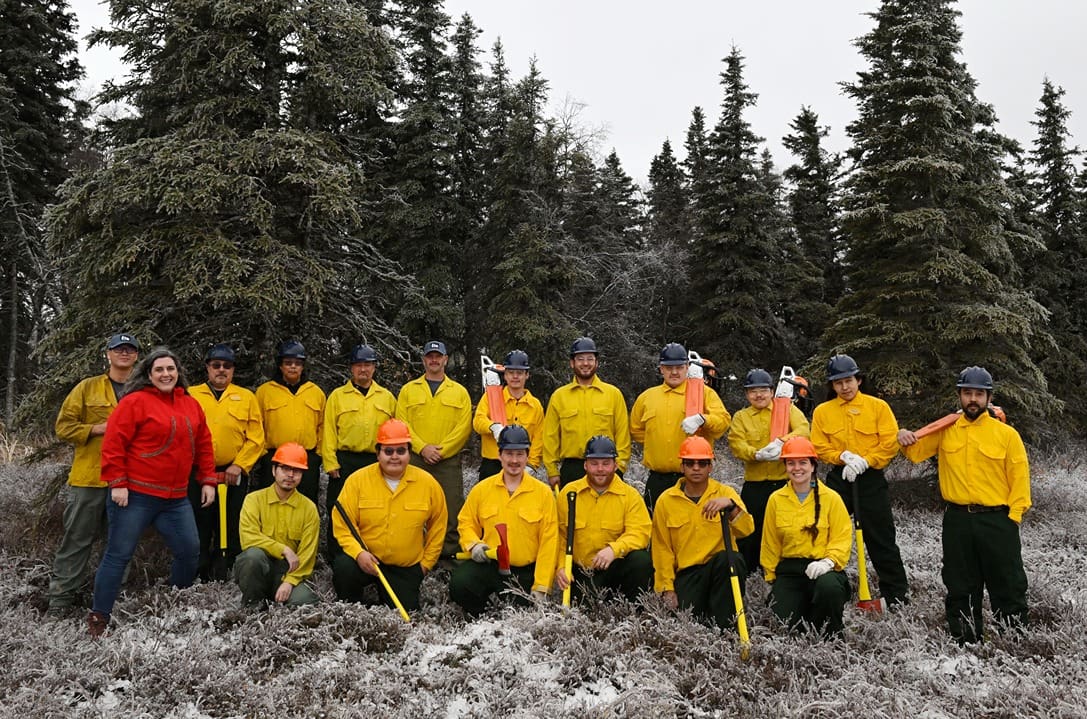
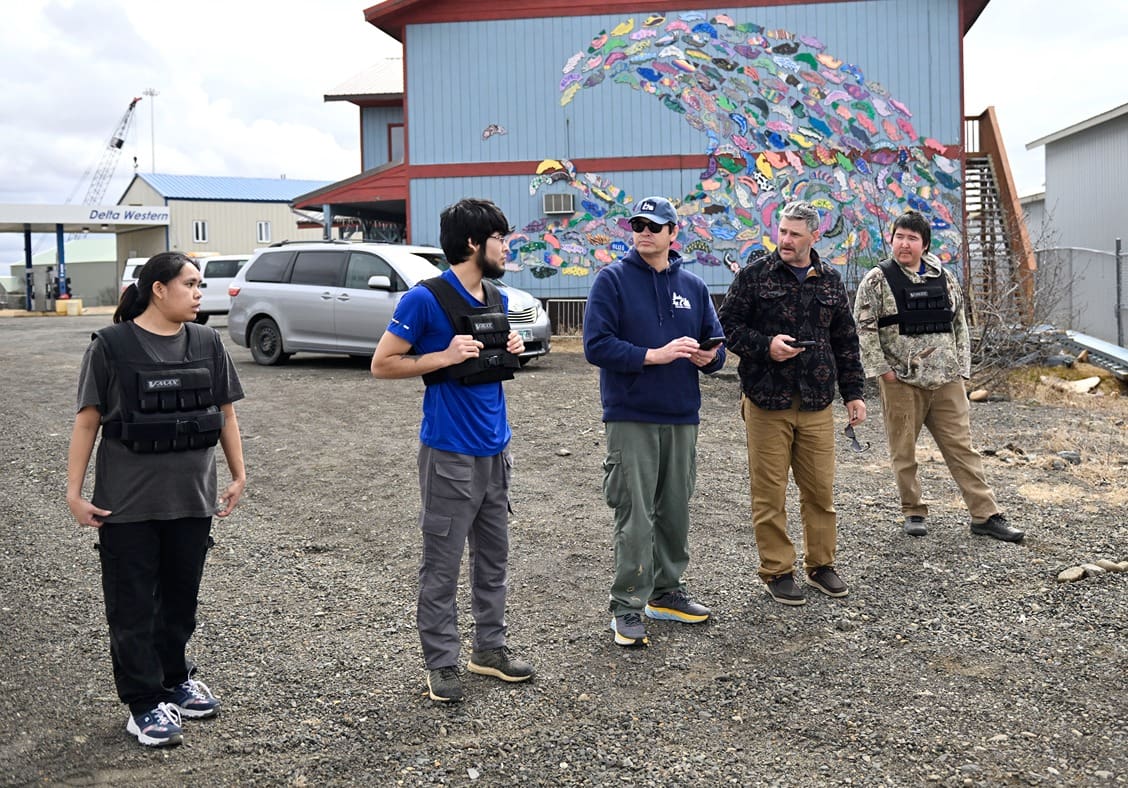



Spotlight Projects


Fire Adapted Alaska
Fire Adapted Alaska is a statewide strategy to equip Alaskans with the tools, knowledge, and partnerships to adapt to and mitigate Alaska’s increasing wildfire impacts.
FIRE GAP
Nearly 60% of Alaska’s communities (170 out of 285) lack a state-registered fire department, limiting access to funding, resources and equipment. In many places, untrained volunteers respond to structural fires, without the tools or training to manage dangerous and life-threatening situations.
The Fire Incident Response Education, Guardianship and Preparedness (FIRE GAP) program helps close this gap. Using a whole-community approach FIRE GAP addresses critical gaps in fire and disaster prevention and response in rural Alaska, building resilience through culturally relevant training, mentorship and resources. The program emphasizes community ownership and a scalable approach to safety and preparedness, empowering residents to respond more effectively to both wildland and structural fires.
Read more about FIRE GAP in the Arctic Council’s Wildfire Magazine.
